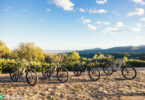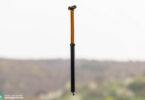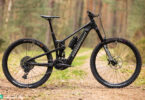In 1964, Pablo Picasso famously said, “Computers are useless. They can only give you answers.” We know now that he was wrong, but what does the future of software and digitalisation have in store? We wanted to find out from two of the biggest pioneers in the game: Mate Rimac, CEO of Greyp Bikes and Krešimir ‘Krešo’ Hlede, COO of Greyp Bikes.
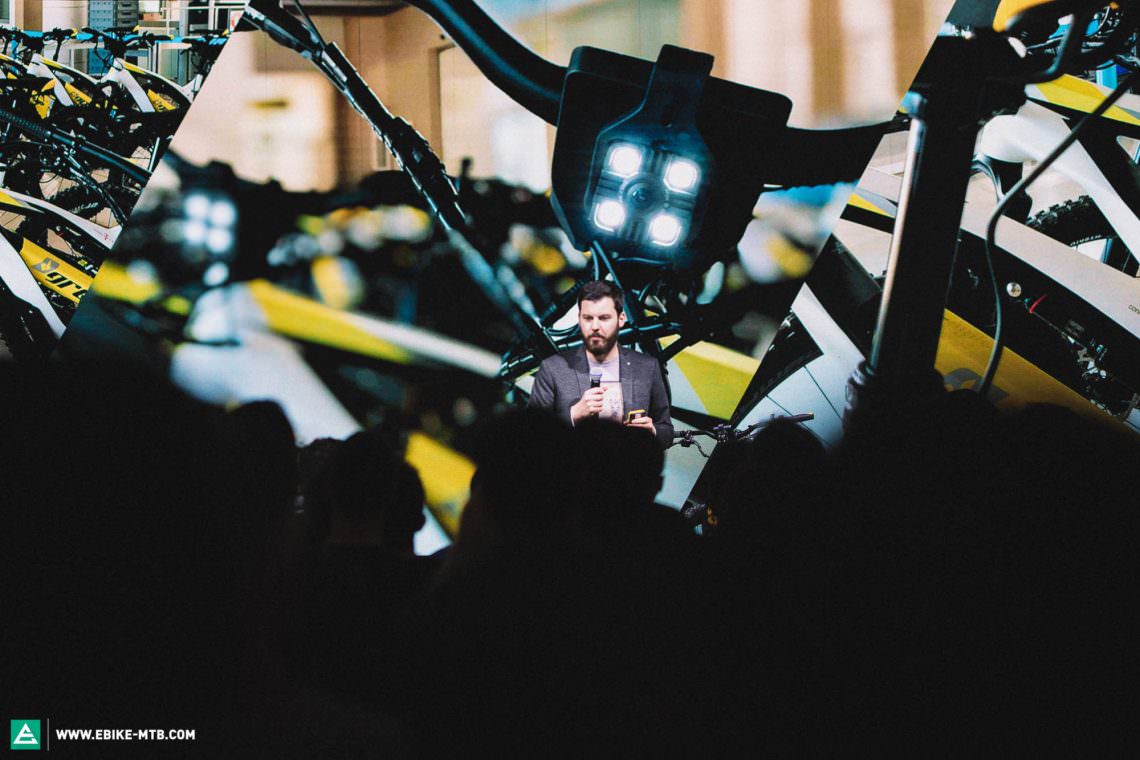
E-MOUNTAINBIKE: What is the vision of Greyp and what is the vision of Mate and Krešo?
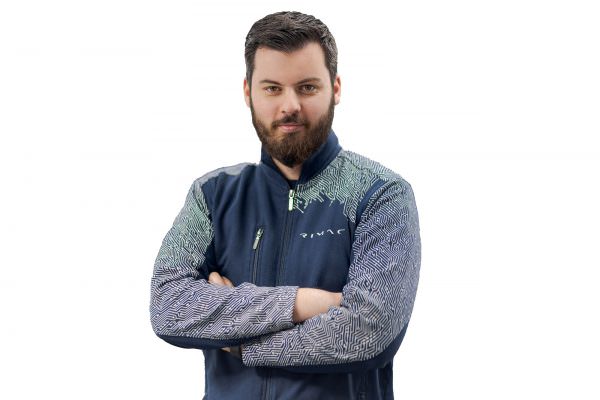
Mate: Both Krešo and I share the same vision. Have more fun on two wheels. That doesn’t mean riding a traditional ebike isn’t fun, but we believe that adding an additional digital layer can completely transform the user experience of riding an ebike. Many industries are being reinvented, like indoor fitness, with companies like Zwift or Peloton who are completely transforming their fields. Fusing digital with analogue is simply fun and that is what we are doing at Greyp.
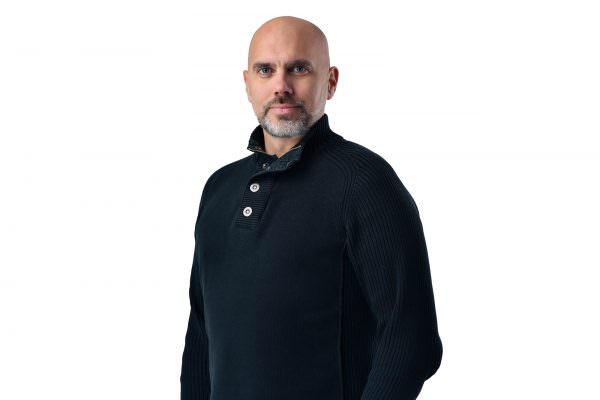
Krešo: Mate summed it up nicely. We want to have more fun on two wheels and we believe technology can be an enabler. Just look at what Apple did to mobile phones in 2007. At that time, both Nokia and the newly launched iPhone could make calls and receive messages but we all know which one had the better user experience. The difference was based on processing power, operating system and connectivity. Back then, many people were saying, “Why the hell do you need internet on the phone?” the same way many are saying, “Why the hell do you need internet on an ebike?” today. Well, I am pretty confident that in 5 years, ebikes without connectivity will be the exemption, not the rule.
Fusing digital with analogue is simply fun and that is what we are doing at Greyp.
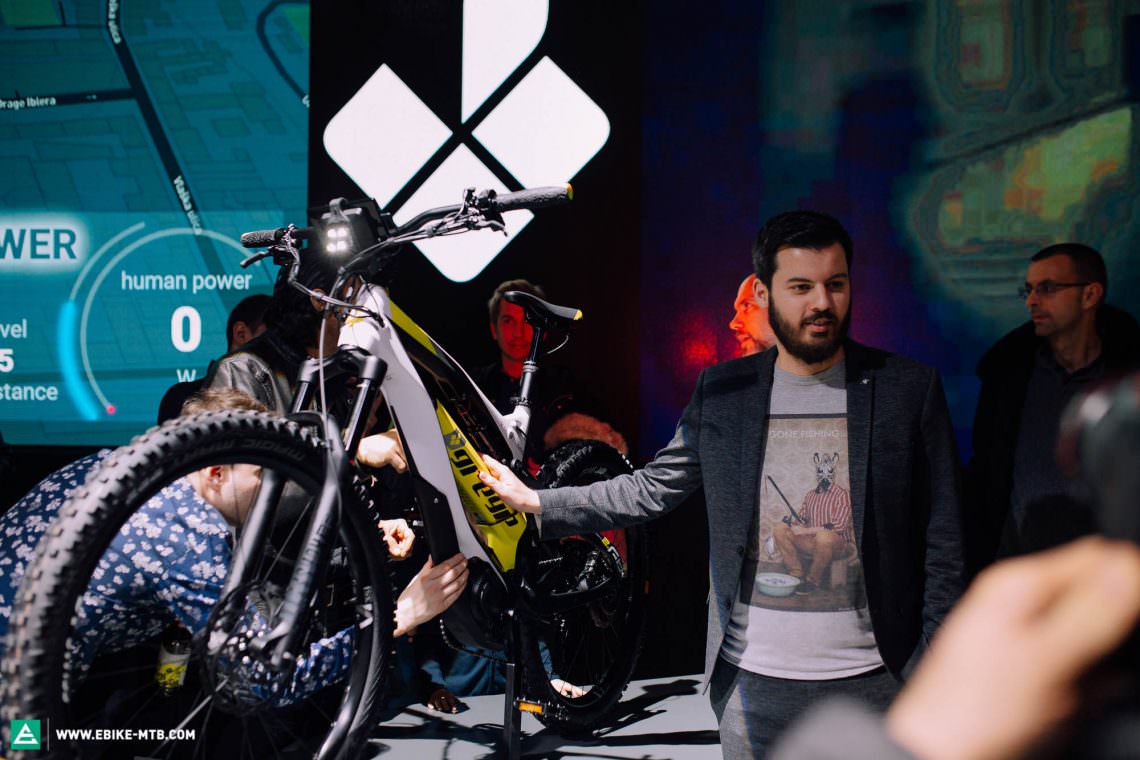
E-MOUNTAINBIKE: So what will an eMTB look like in 5 and 10 years?
Mate: I’m not sure what they’ll look like, I can only tell you what we believe the experience should be. An eMTB should be your companion. It should make you smile and help you when times get tough. It should allow you to stay connected with your friends, to compete across continents, train alone or in a group, take care of yourself and itself. It should make decisions on its own and talk to other bikes and infrastructure. It should understand its surroundings, learn from its experiences, create content or even be a gaming platform. And the best part is this is all possible with current technology.
There is one more thing we believe, and that’s that bikes should be unique, different. Today, everybody is riding on the same suspension, groupset or drivetrain. It is hard to be unique with hardware, but the software allows us to create a different UX for different brands and even different use cases. EMTB, E-trekking, or E-city bikes can ride with the same motor but the software that interacts with the rider should be different.
Krešo: Let me go back to my previous analogy for a second time. Smartphones are an integral part of our lives because the technology in them is the platform for creating a range of experiences. We are doing the same with bikes, adding processing power, an operating system and connectivity.
Today, most ebikes are running on microcontrollers and perhaps have a Bluetooth chip inside. Our bikes are already running on computers with quad-core processors, 8 GB of memory, our proprietary version of a Linux operating system and a permanent 4G internet connection. So, we now have everything needed to create this additional digital layer that Mate was talking about. To answer your question, I am not sure what they will look like, but I am sure we will see much more diversity and much more technology.
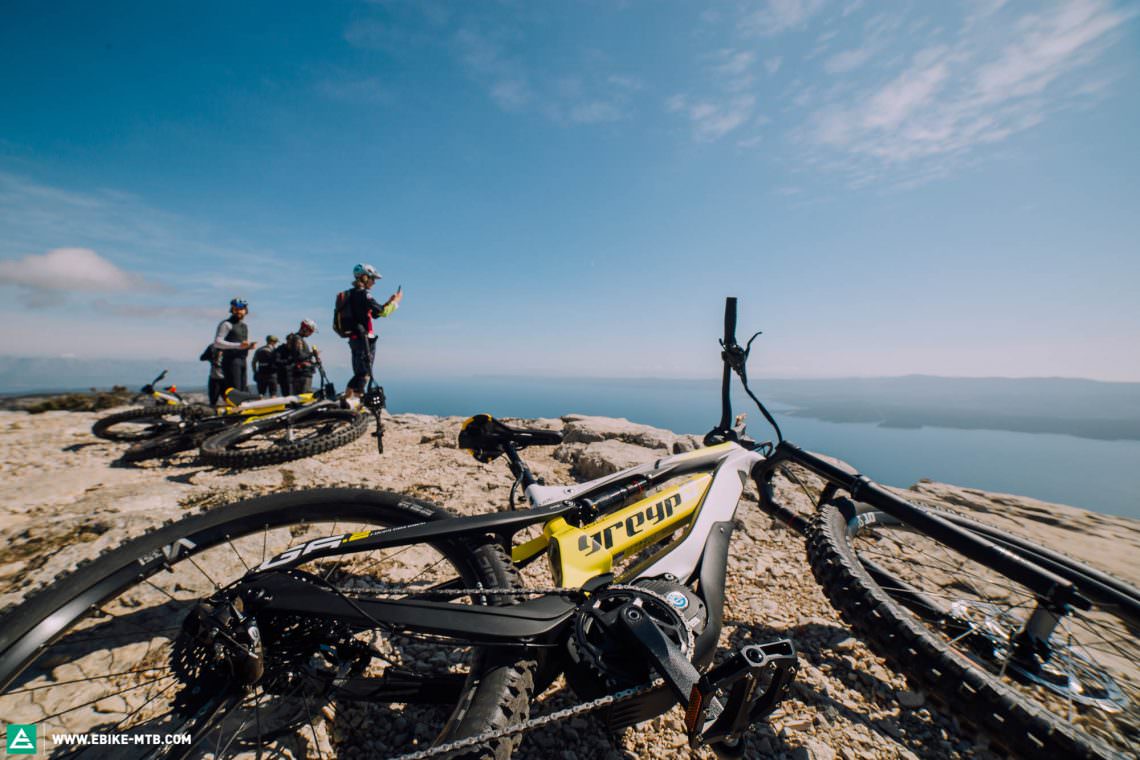
E-MOUNTAINBIKE: From your point of view, what is a perfect bike capable of?
Mate: I don’t believe it exists or will ever exist. It is like asking what the perfect car is. Luckily for us, in this industry ebikes are primarily ridden for fun and convenience. It is an activity that, in most cases, puts a smile on your face. So the real question is, what puts a smile on your face? Is it a good workout, a perfect mountain top view, competing with friends or exploring the unknown? I believe the answer is different for you and me or anybody else. For that reason, I believe a perfect bike should be as close to your individuality as possible. That is next to impossible with hardware alone. Smartphones are probably the most personal of devices. Many have the same hardware, but I would bet my life on the fact that nobody has the same apps and gadgets. And that is what a perfect bike should be. A perfect extension of one’s individuality.
E-MOUNTAINBIKE: What are the challenges you face to creating such bikes and what are the challenges? Is it technological challenges, legal regulations or societal ideas and expectations of what an ebike is supposed to do, that need to be overcome?
Krešo: Ugh, I could talk about that for hours. For us personally, the main challenge was creating everything from scratch. It wasn’t our decision but when we started, there was nothing on the market that fit our vision of the ebikes we wanted to create. We had to design, engineer, develop and produce everything ourselves. But over time, this course proved to be a blessing because today we have an integrated R&D team with over 40 engineers, designers and software developers. And to be honest, we completely underestimated the amount of time, effort and money that is needed to bring our vision to life. Putting the first prototype on the road is only 10% of the work.
As for exterior challenges, there are many, but I do not see them as critical. The ebike industry is booming like crazy with over 40% year-over-year growth in Europe, even more in the US, and in such an environment, companies can grow just by riding the wave. Even better, you don’t have to follow the crowd. The majority of people that are buying ebikes today are buying their first bike. This means that they do not have a preconceived idea of what a bike should look like or what components it needs to have. They do not have a favourite brand. Specifications are becoming less important and overall user experience is becoming more important. After all, I am pretty sure that most of us don’t know what brand of brake we have on our cars. I believe that in most cases this will be the case on ebikes.
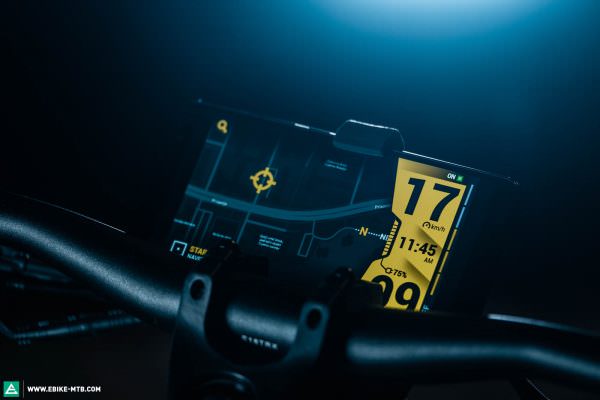
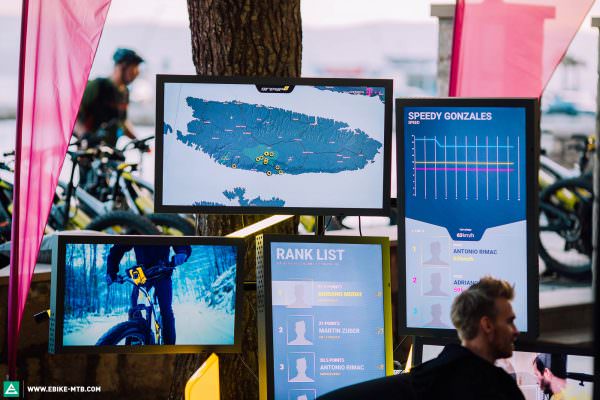
E-MOUNTAINBIKE: How important do you consider software for the user experience of eMTBing? And what is Greyp’s approach to the role of software and electronics for the user experience? Are these technologies core to the riding experience or do they create additional value for the whole user experience?
Mate: Let me answer like this. Out of 40 people in our R&D department, 35 people are developing electronics and software, so that kinda tells you where we believe development should go. I am utterly convinced that software will be a differentiating factor between bikes in the future. Yes, we will all turn pedals, but how our bikes will interact with us if we train, socialise, explore, or if we simply commute…. well, all of that will be defined by software. Don’t get me wrong, technology absolutely will not be the core of the ride. But if done well, technology can seamlessly enhance the ride.
As for Greyp’s approach to software, as I said, we want to put a smile on people’s faces. That means that we focus more on what is “fun & funky” than on what is “useful & logical”. When deciding between the development of a perfect training machine or the gamification of the ride, we will choose the latter.
E-MOUNTAINBIKE: How much connectivity, software, sensors and data acquisition is needed on a bike?
Krešo: Define “needed”. Will data & software take us from A to B? No, but it may make the journey more fun, more convenient or simply safer. As Mate said, technology shouldn’t be there for its own purpose. It should enhance the experience, not define it. At the end of the day, riding an ebike will still be all about turning pedals and being outdoors, alone, or with friends.
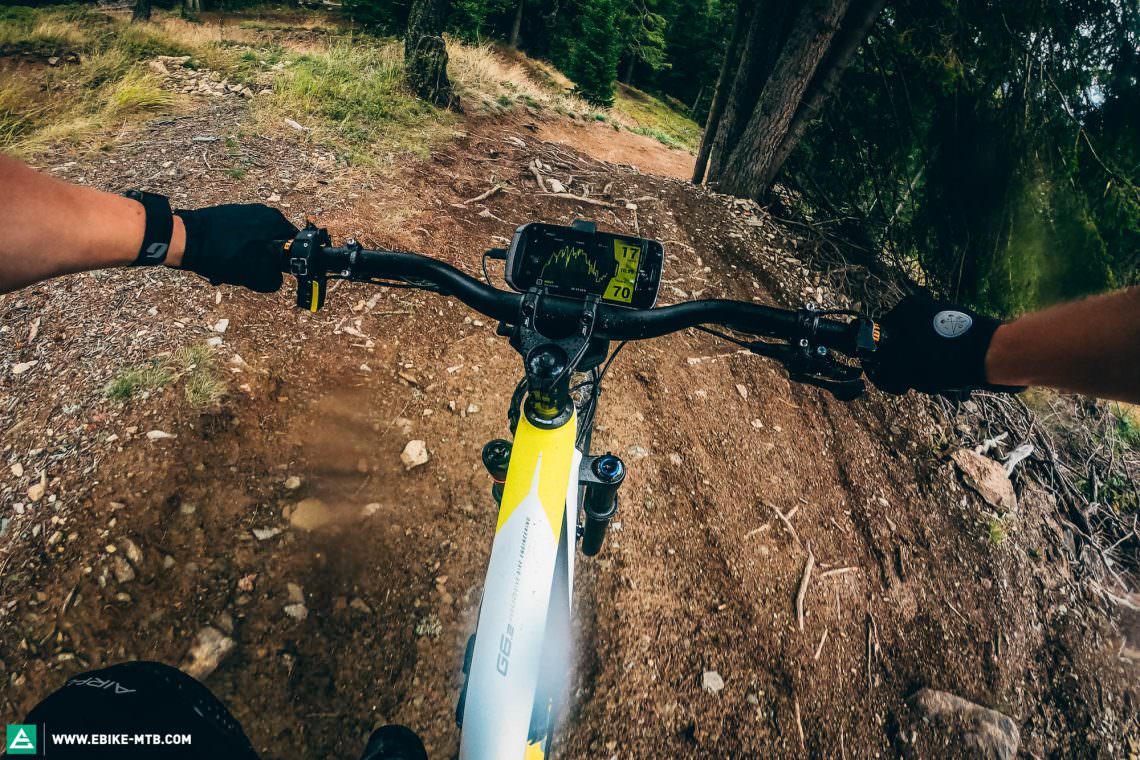
E-MOUNTAINBIKE: Do you see a point where technology becomes too much, creating new problems like a distraction from the pure riding experience?
Mate: Yes, absolutely. If done wrong, it’s a distraction. And we have our own share of wrong decisions and wrong assumptions. But luckily, because of the connectivity and OTA (Over-The-Air) updates that our bikes have, we can quickly discover if we got something wrong and then we can change it and deploy it to all our bikes, equally fast. This is the beauty of software. We do not develop features based on the hunch of our product managers but based on measurable data that we receive from our riders. And we can test, change, experiment…. All this in a matter of weeks, instead of years in the case of a hardware component.
E-MOUNTAINBIKE: What importance will software and electronics have for riding compared to hardware like suspension and wheels in the future?
Krešo: I think that will heavily depend on how one uses the bike. For a rally car driver, the suspension or gearbox on his WRC car are much more important than air conditioning or the comfort of his seat. The same principle applies to eMTB riders. I believe that there is always going to be a portion of the market that will focus on suspension or on a few hundred grams of weight savings but let’s be honest, most of us can hardly tell a difference in performance between a Fox 38 and Rock Shox Zeb. Don’t get me wrong, I’m not saying that it is not important, I am just saying that for many it is not the essence of the experience. Remember, most of the people that buy ebikes today are buying their first bike and these are the people that we are focusing on. We are not trying to create bikes that everybody will love because if you want to please everybody, you end up pleasing no one.
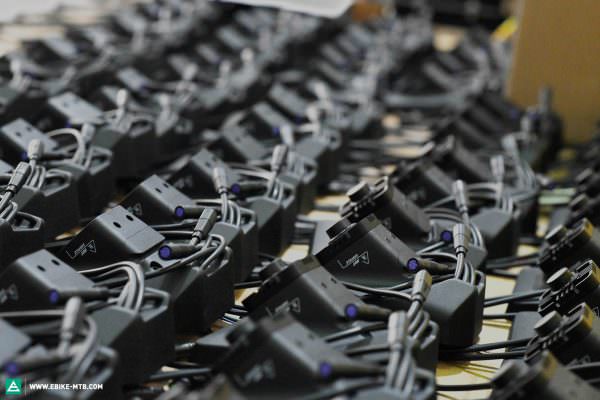
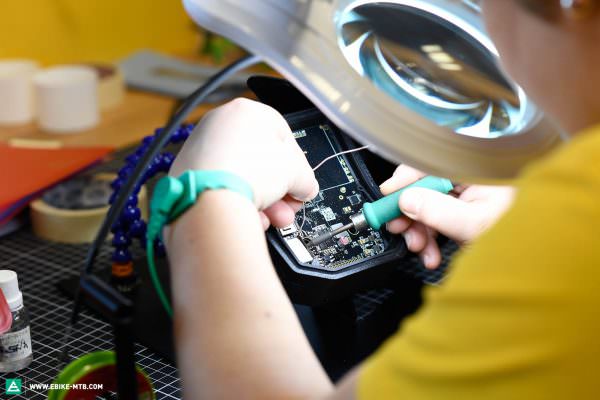
E-MOUNTAINBIKE: How much time and effort are spent on hardware development versus software development for smart ebikes at Greyp?
Krešo: Software and electronics are our core competencies. Our product managers are responsible for three areas: bikes, components, and software. By far the most resources are put into software. If we could find an additional 30 software developers today, we would hire them in a heartbeat.
E-MOUNTAINBIKE: Which technologies and experiences do you use from Rimac Automobili for your bikes? Are you able to transfer and scale down car technology to bike technology?
Mate: One of the reasons why I decided to spin Greyp as a separate company is that technology-wise, a €2m hypercar and an eMTB are different animals. That does not mean that we do not share technology. For example, the OTA update system on the bike does not know if it is updating a refrigerator, a bike or a car. The same applies to Greyp’s eSIM technology. So yes, there are pieces of technology that are the same in the car and the bike. But I would argue that what makes Greyp and Rimac Automobili a group is our approach to our respective industries. Both companies are redefining what cars or ebikes should be. Neither company is afraid to push the envelope, challenge the status quo or simply experiment. And that is probably the main reason why both Greyp and Rimac are experiencing success. I believe both companies are creating authentic products and that is what customers appreciate.
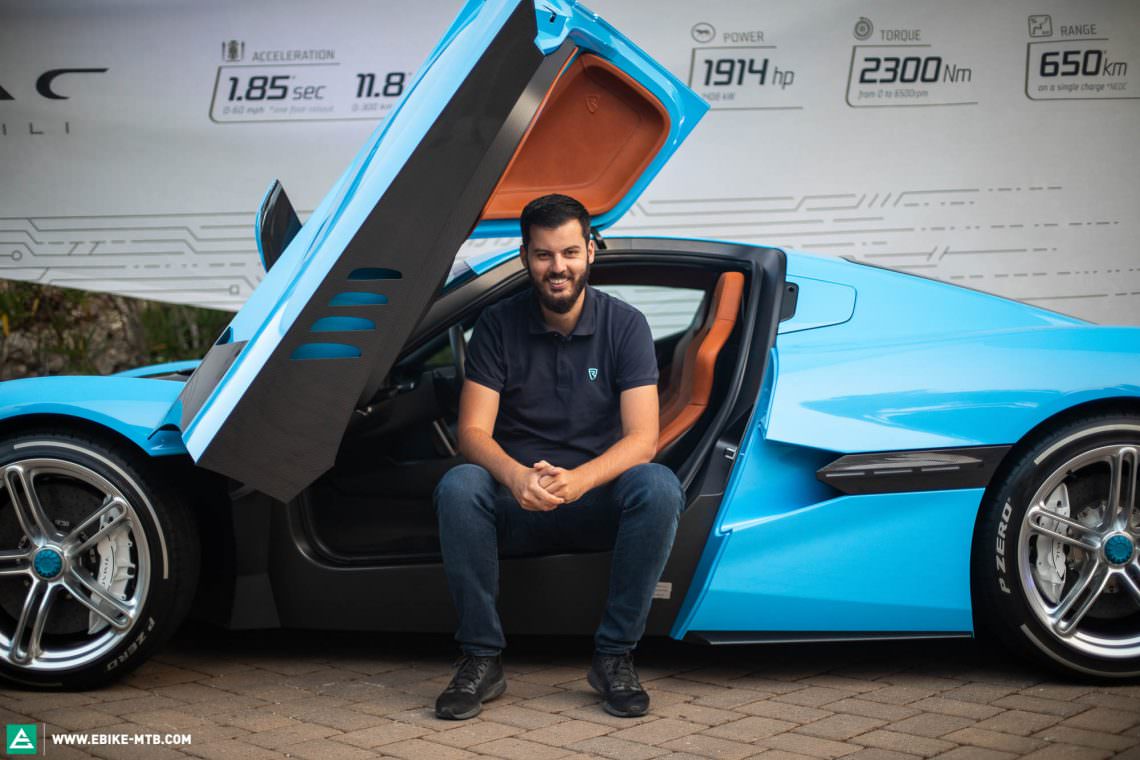
E-MOUNTAINBIKE: What part will ebikes play in future (urban) mobility?
Krešo: I believe it will be much larger than people think it will today. It’s going to be huge. Just look at the market growth rates: above 40% in Europe in 2020. And we are still not addressing the younger audience nor do we have penetration in the entire market. The success of companies like VanMoof or Cowboy, which are focusing only on urban mobility, only confirms my belief. I am sure that we are in an upwards spiral. Market growth is fueling more development, more development brings more use cases, more use cases bring more people buying, and off we go into a spiral. On top of that, add overcrowded cities, increasing health/outdoor awareness, technology improvements, a transition from public transport to ebikes due to COVID-19 and more supportive legislation & subsidies than ever. All of this enforces my belief that we are still on the exponential part of the growth curve and that is how it will stay for a few more years.
E-MOUNTAINBIKE: Thank you Mate and Krešo for the insight into what eMTBing might look like in the future.
Many of us probably aren’t aware of the impact that software can have on the riding experience, in the same way that we couldn’t envisage what an iPhone would be needed for when it was first released. Software development is just taking off and opening up opportunities for players who are centred around software instead of hardware. Many established manufacturers are still lacking the know-how on how to establish a digital ecosystem around their ebikes and will no doubt have to resort to these expertise. After all, there’s a reason why we navigate with Google Maps in a Tesla …
Did you enjoy this article? If so, we would be stoked if you decide to support us with a monthly contribution. By becoming a supporter of E-MOUNTAINBIKE, you will help secure a sustainable future for high-quality cycling journalism. Click here to learn more.
Words: Rudolf Fischer Photos: Siniša Glogoški




